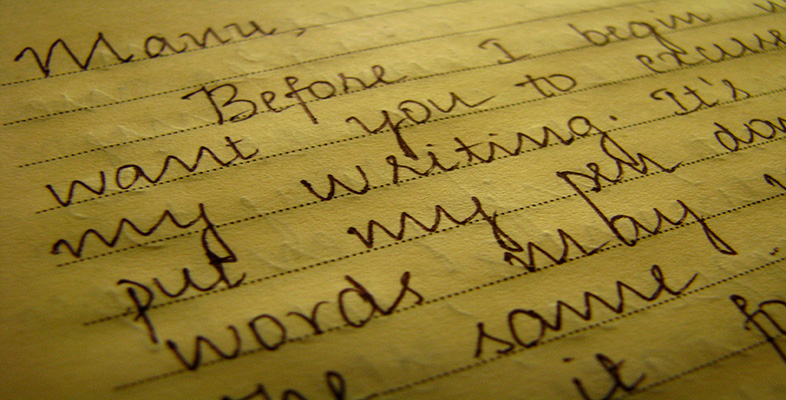1.6 Sassoon's 'Protest': exercise
Exercise 1
Look back at Sassoon’s biographical details to see who the intended audience for his ‘Protest’ was, and jot down your comments on the way Sassoon has used language here, in comparison with his approach in ‘The General’. Has he suited words to audience? Think about whom he is addressing and how he uses words and sentences to get his point across.
Discussion
You may have noticed some or all of the following:
-
In his ‘Protest’ there is only one ‘character’ – Sassoon himself, who addresses his audience in the first person. Every sentence except one (the one that begins the last paragraph, which is all one sentence) begins with I, presumably because what Sassoon was trying to convey so passionately was his motives, his beliefs, his identity, his experience. He also conveys that his decision to write a protest was his alone.
-
His identification of his audience is less precise than his identification of himself. He conveys a strongly accusing tone, without saying whom he is accusing. For example: ‘the purposes for which I and my fellow soldiers entered upon this war should have been so clearly stated’ (by whom?); ‘the political errors and insincerities for which the fighting men are being sacrificed’ (by whom?). ‘I make this protest against the deception which is being practised on them’ (by whom?). He does not say who is sacrificing fighting men or practising deception on them. Instead he refers to ‘those who have the power to end it [the war]’ and ‘those at home’. He resorts to convoluted sentences in order to avoid apportioning blame. Consider how he might have expressed himself if he had allowed himself to blame the politicians or the military: ‘I believe the Prime Minister should have stated the purposes for which I and my fellow soldiers…’ and ‘I make this protest against the deception the Cabinet and the Generals are practising on them’.
-
The language is much more formal than that in ‘The General’ and the proportion of words of more than one syllable – indeed more than three syllables – is much higher.
-
The formality is achieved partly by the complex sentence formations mentioned above, but also by the repeated choice of words that are ‘things’ (nouns) – for example, ‘authority’, ‘defence’, ‘liberation’, ‘aggression’, ‘conquest’, ‘conduct’, ‘errors’, ‘insincerities’, ‘complacence’, ‘continuance’. This use of abstract nouns is another device Sassoon uses to avoid having to pin the blame, or say whose errors, insincerities, complacency and so on he is criticizing. (Abstract nouns are things that do not exist materially: you cannot see, hear or touch them.) In ‘The General’, he can blame ‘the general’ for everything: ‘the general’, after all, is fictional. If you look back at the poem, you will find that there is only one thing there you could call an abstraction – ‘plan of attack’.
-
Sassoon uses repetition: the most frequently used words are ‘war’. ‘soldiers’ and ‘suffering’ (and similar words are also used, adding to the impression of repetition: ‘troops’, ‘men’, ‘agonies’). Repetition is a device commonly used for emphasis, which seems to be Sassoon's purpose here
